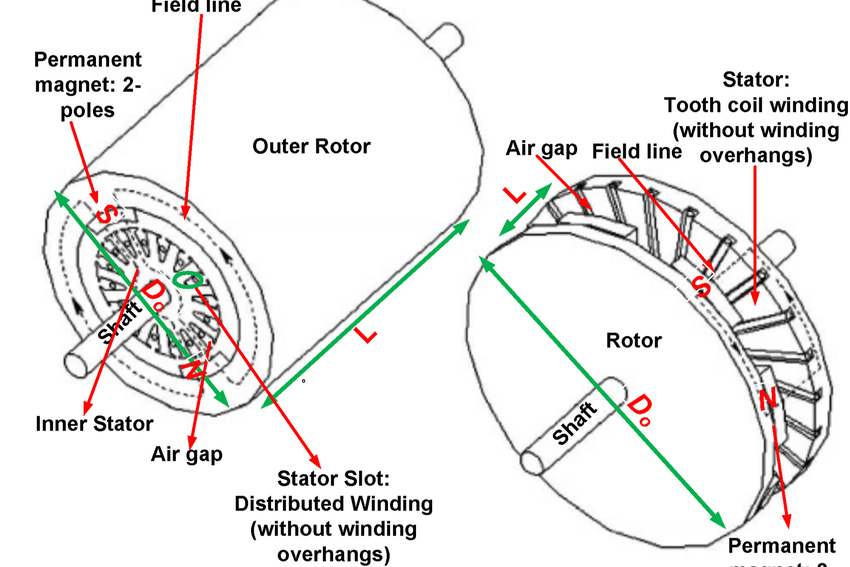Magnets to Remove Cancer Cells
Researches at Georgia Institute of Technology have found a new way to identify and potentially eliminate cancerous cells, in ovarian cancer. With ovarian cancer, metastasis happens when cells slough off the primary tumor and drift free in the abdominal cavity. If scientists could use the magnetic nanoparticles to trap drifting cancer cells and pull them out of the abdominal fluid, they could predict and perhaps prevent metastasis. The researchers used mice to test their experiment. They first injected the mice with cancer cells-tagged with a green fluorescent marker, and then added the magnetic nanoparticles-tagged with a red fluorescent marker. Lastly they held a magnet on the mice's skin and watched as the colorful cells concentrated around the magnet. The particles are made of cobalt-spiked magnetite and are just 10 nanometers or less in diameter. They are not usually magnetic, but when a magnet is present, they become strongly attracted to it. On the surface of the particles is a peptide--a small, protein like molecule--designed to attach to a marker that overhangs from most ovarian cancer cells. The scientists claim that this new discovery can be used in human cancer, once the primary tumor has been removed. They envision an external device that would work similar to dialysis in that it would remove a patient's abdominal fluid, magnetically filter out the cancer cells, and then return the fluid to the body. They hope that this method would reduce the toxic factor. At this stage, this new discovery is only suited to ovarian cancer. This is because most other tumors metastasize through cells floating in the bloodstream rather than in the abdominal fluid. Critics of the research say that this breakthrough is perhaps more useful in diagnosing the disease, rather than treating, metastasis.















